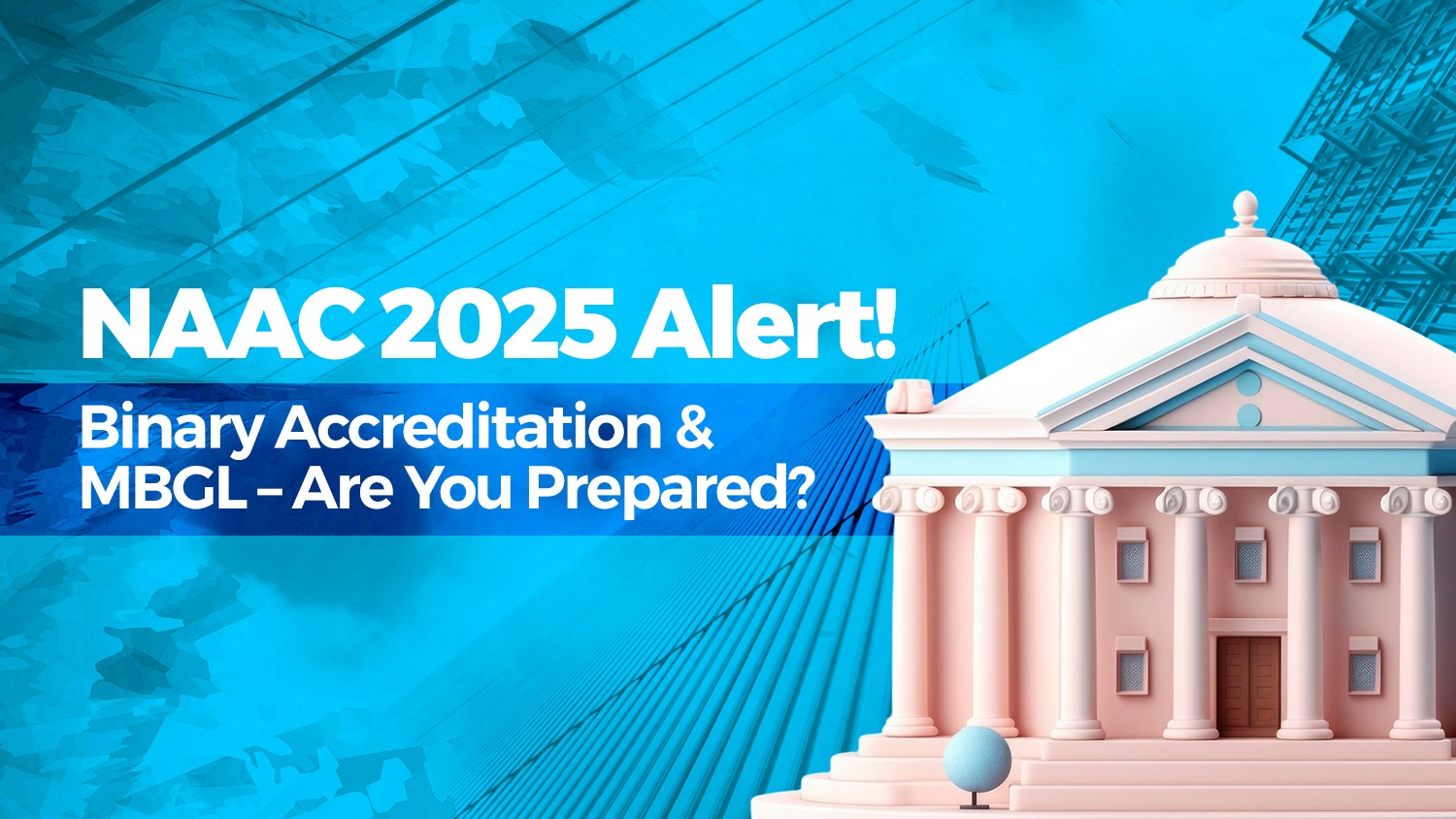
On February 8, 2025, the National Assessment and Accreditation Council (NAAC) released an urgent notification that could reshape the accreditation landscape for Higher Education Institutions (HEIs) in India. Driven by the recommendations of the Dr. Radhakrishnan Committee, NAAC is gearing up to launch two transformative frameworks: Basic (Binary) Accreditation and Maturity-Based Graded Levels (MBGL). Set to roll out by April/May 2025, these changes aim to refine the assessment process, enhance transparency, and eliminate malpractice.
But what do these changes mean for HEIs preparing for NAAC accreditation? What should institutions do to stay ahead of the curve and ensure a seamless transition? Here’s everything you need to know and how to strategize effectively.
NAAC’s move towards Basic Accreditation and MBGL is not just a routine update; it is a strategic overhaul designed to restore credibility and integrity in the accreditation process. This shift comes in the wake of a controversial CBI case involving NAAC’s Peer Review system, which raised concerns about the vulnerability of the existing framework to malpractice.
In a decisive step, NAAC has:
These bold actions underline NAAC’s commitment to restoring trust and credibility. As the dust settles, institutions must brace themselves for a more rigorous evaluation process with heightened scrutiny.
With these paradigm shifts on the horizon, institutions need a strategic action plan to adapt and excel. Here’s how to prepare:
With NAAC adopting a no-nonsense approach post-CBI case, expect heightened scrutiny and rigorous evaluations. Here’s how to prepare:
NAAC’s new frameworks will incorporate advanced IT-based features to ensure objectivity and transparency.
NAAC’s shift to Basic (Binary) Accreditation and MBGL marks the beginning of a new era in quality assurance for Indian higher education. This transformation is not just about process changes; it’s about fostering a culture of integrity, transparency, and continuous improvement.
For institutions, this means navigating uncharted waters with caution and strategy. But for those who are prepared, it also presents an opportunity to showcase excellence, credibility, and leadership in education.
The winds of change are here, and they are sweeping through the corridors of Indian higher education. NAAC’s bold move is a clarion call for institutions to step up, innovate, and lead with integrity.
Prepare. Adapt. Excel.
The future of accreditation is here. Are you ready to make the grade?
Join us for FREE to get instant email updates!
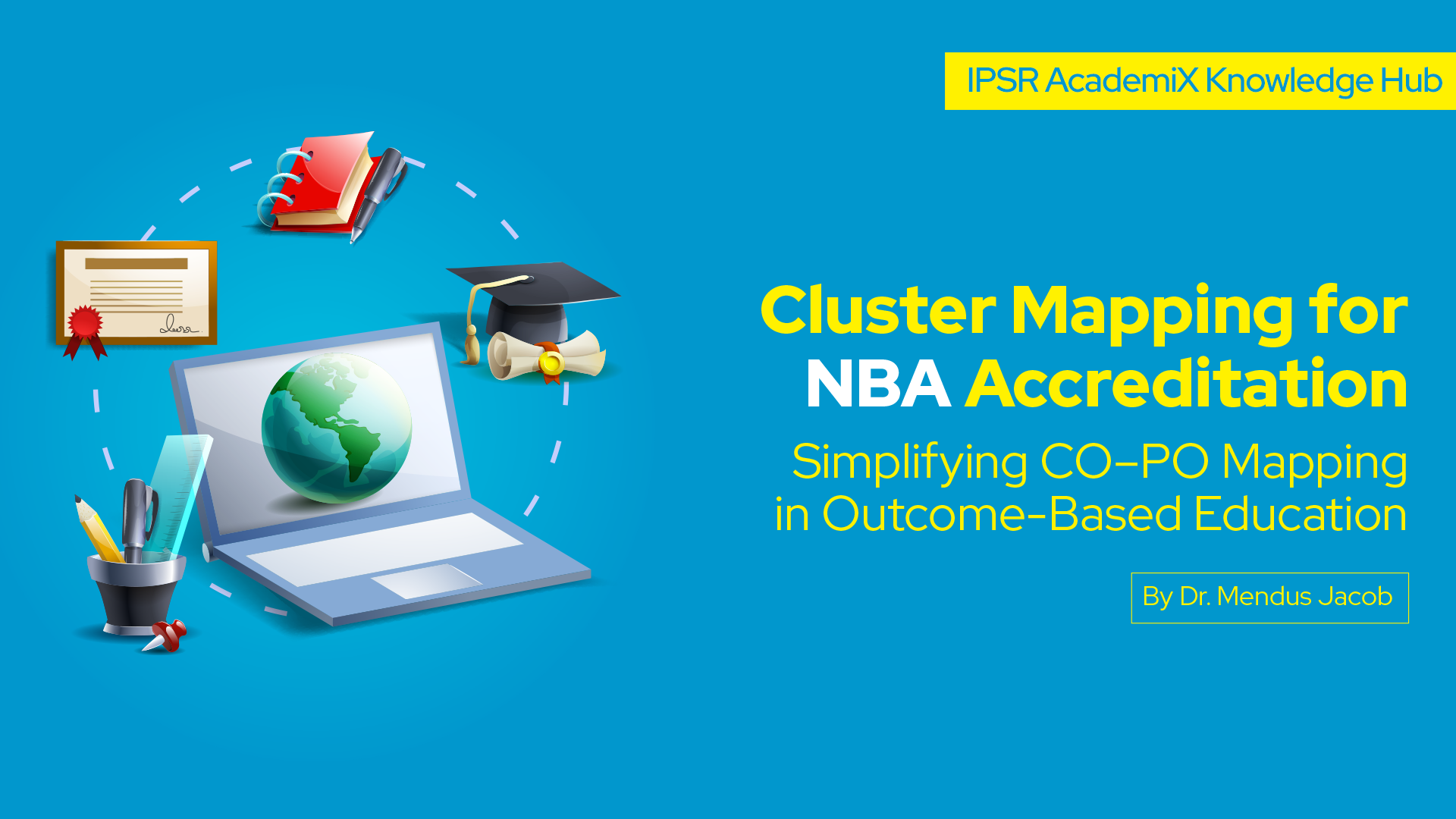
Simplifying CO–PO Mapping in Outcome-Based Education Accreditation by the National […]

The National Institutional Ranking Framework (NIRF) 2025 results are out, […]
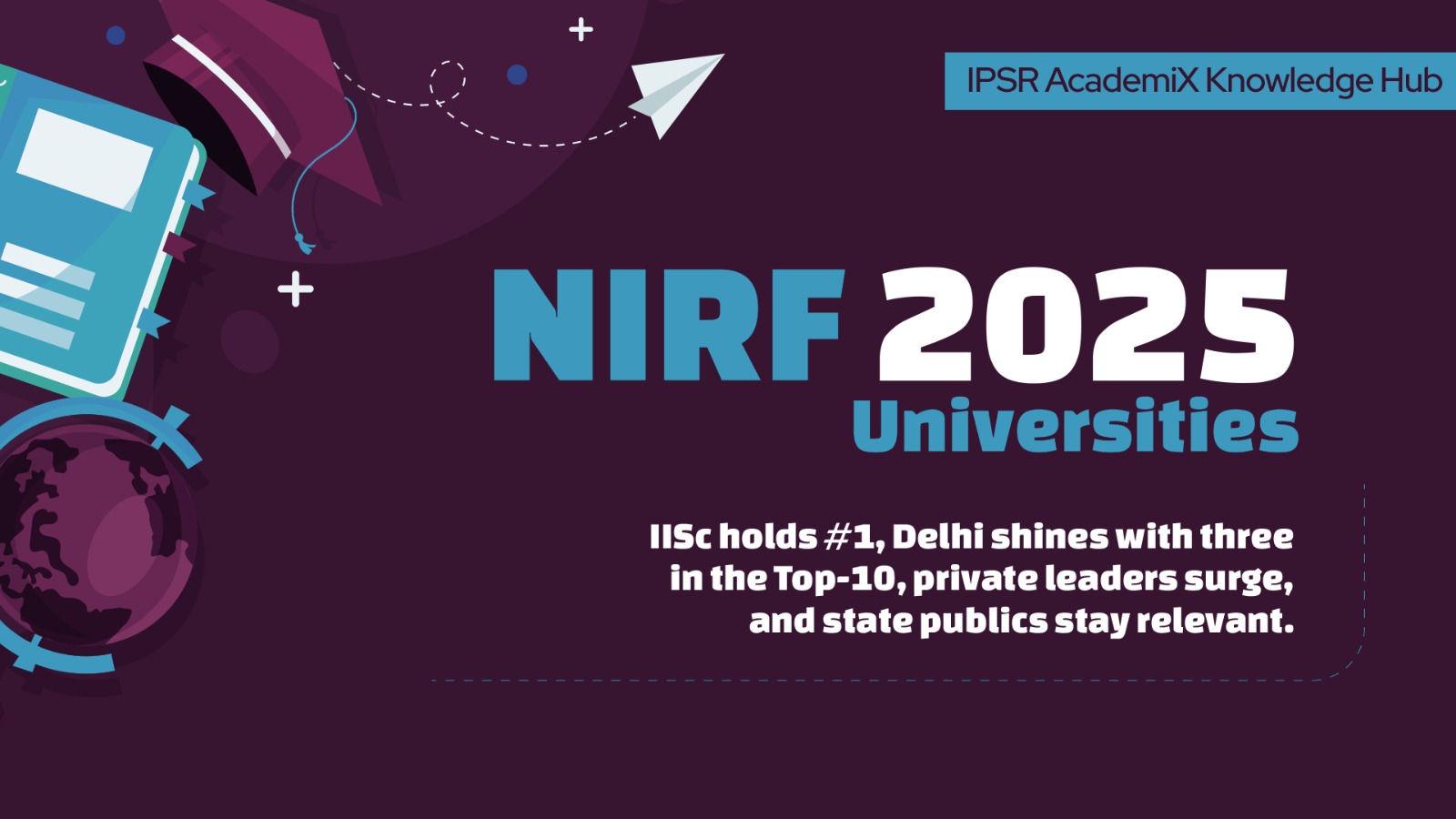
What the Top 100 Rankings Reveal About India’s Universities The […]

Exploring patterns, trends, and the evolving landscape of technical education […]

Release date: September 4, 2025 Source: NIRF portal’s Overall Top-100 […]
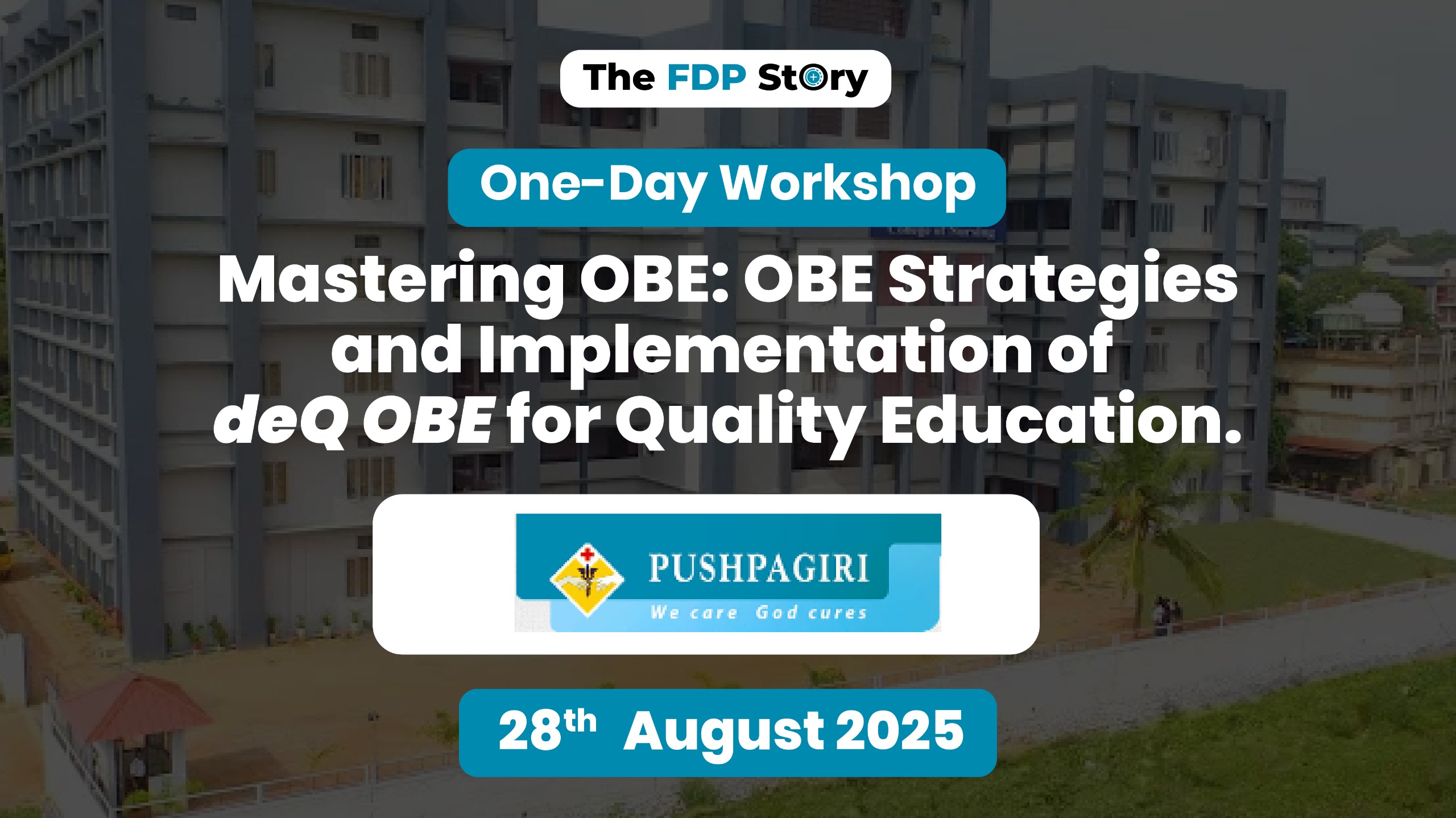
“Mastering OBE: OBE Strategies and Implementation of deQ OBE for […]

The National Institutional Ranking Framework (NIRF) 2025 has unveiled its […]
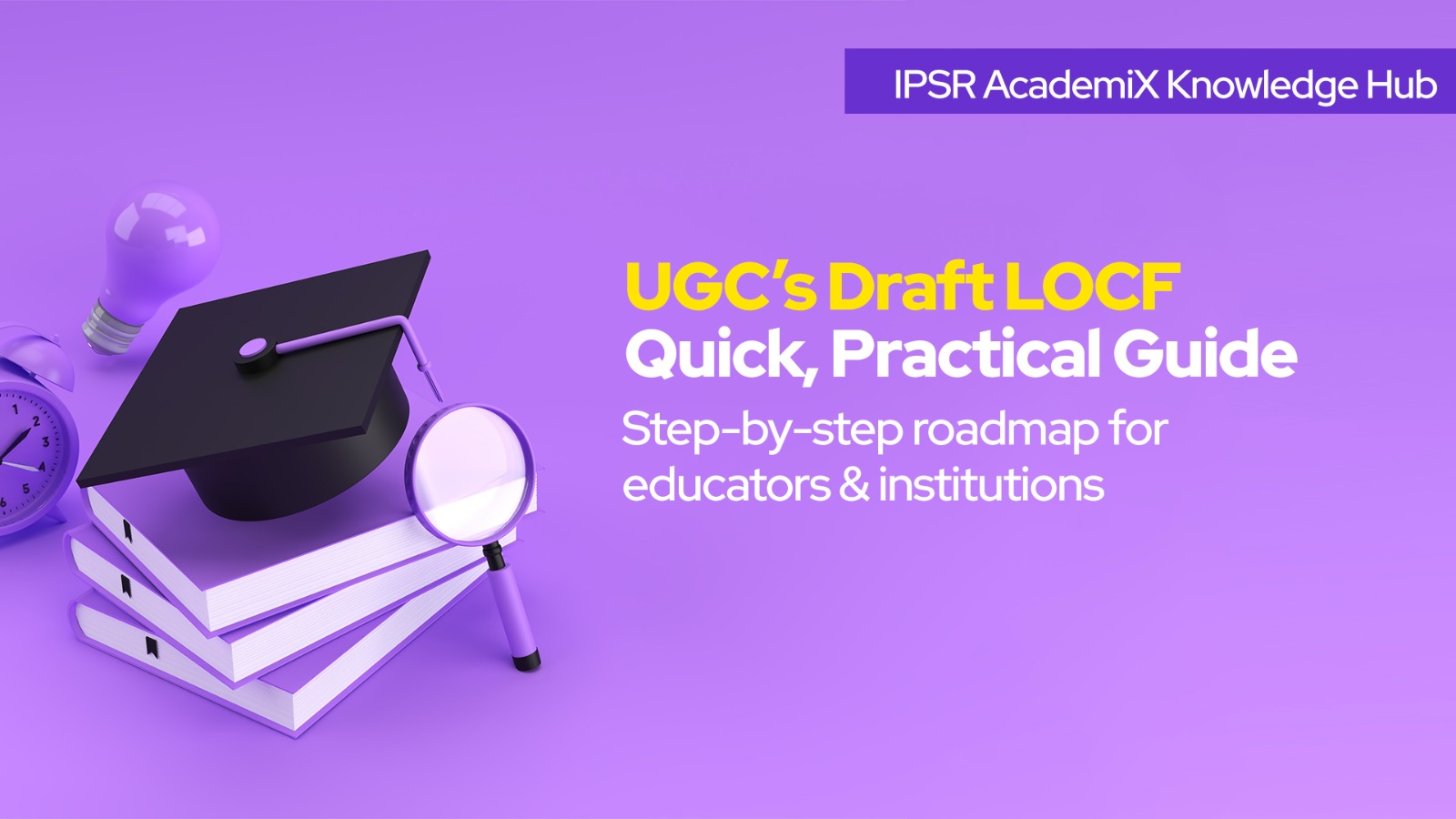
The University Grants Commission (UGC) has released draft Learning Outcomes-based […]
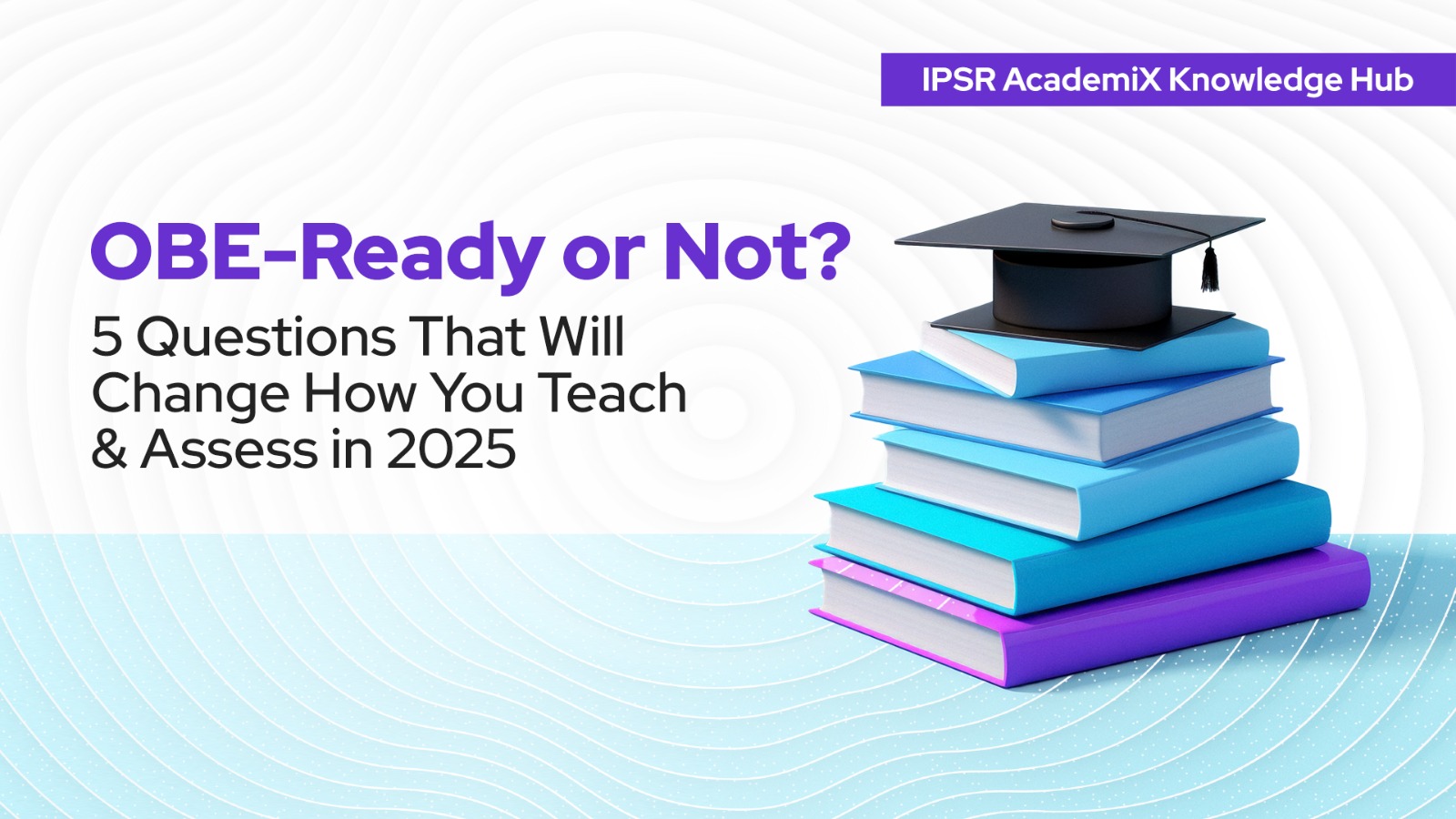
Outcome-Based Education (OBE) has evolved from a buzzword to a […]

India’s higher education landscape is on the cusp of a […]
Leave A Comment